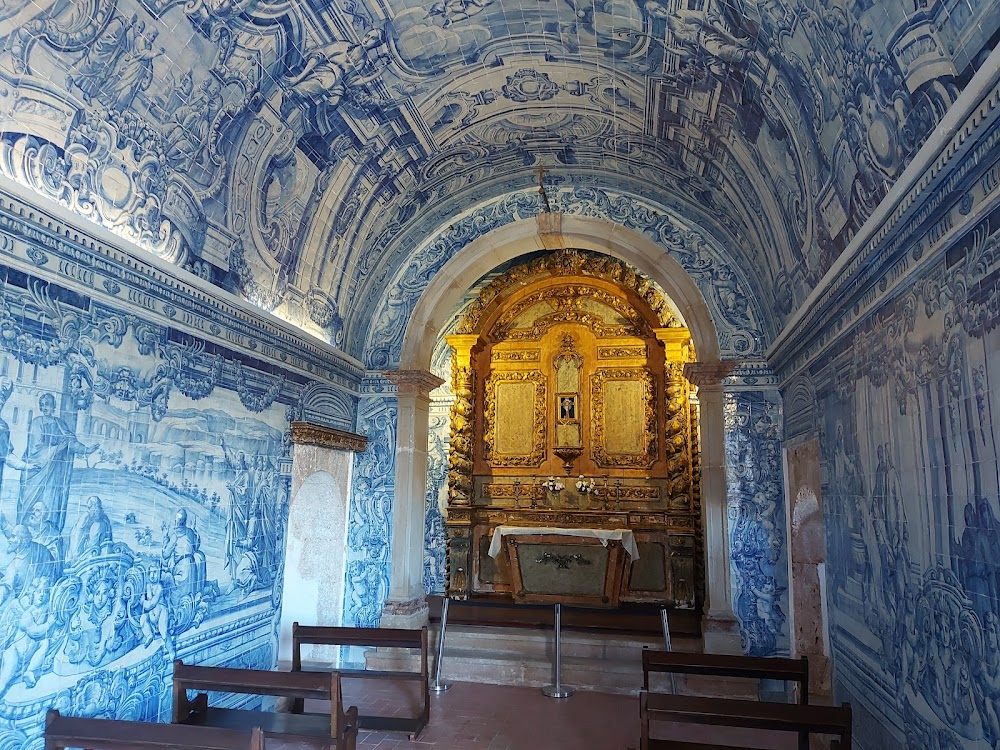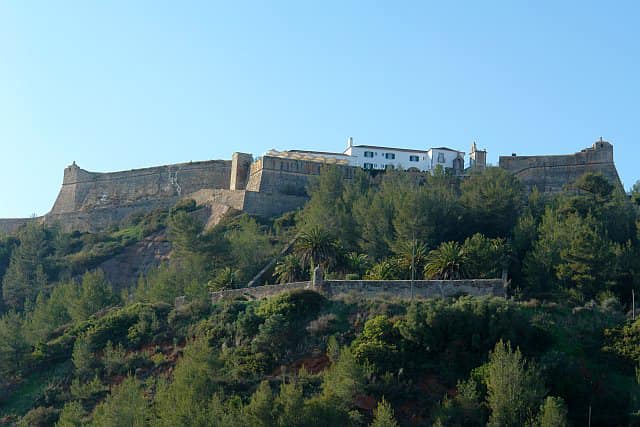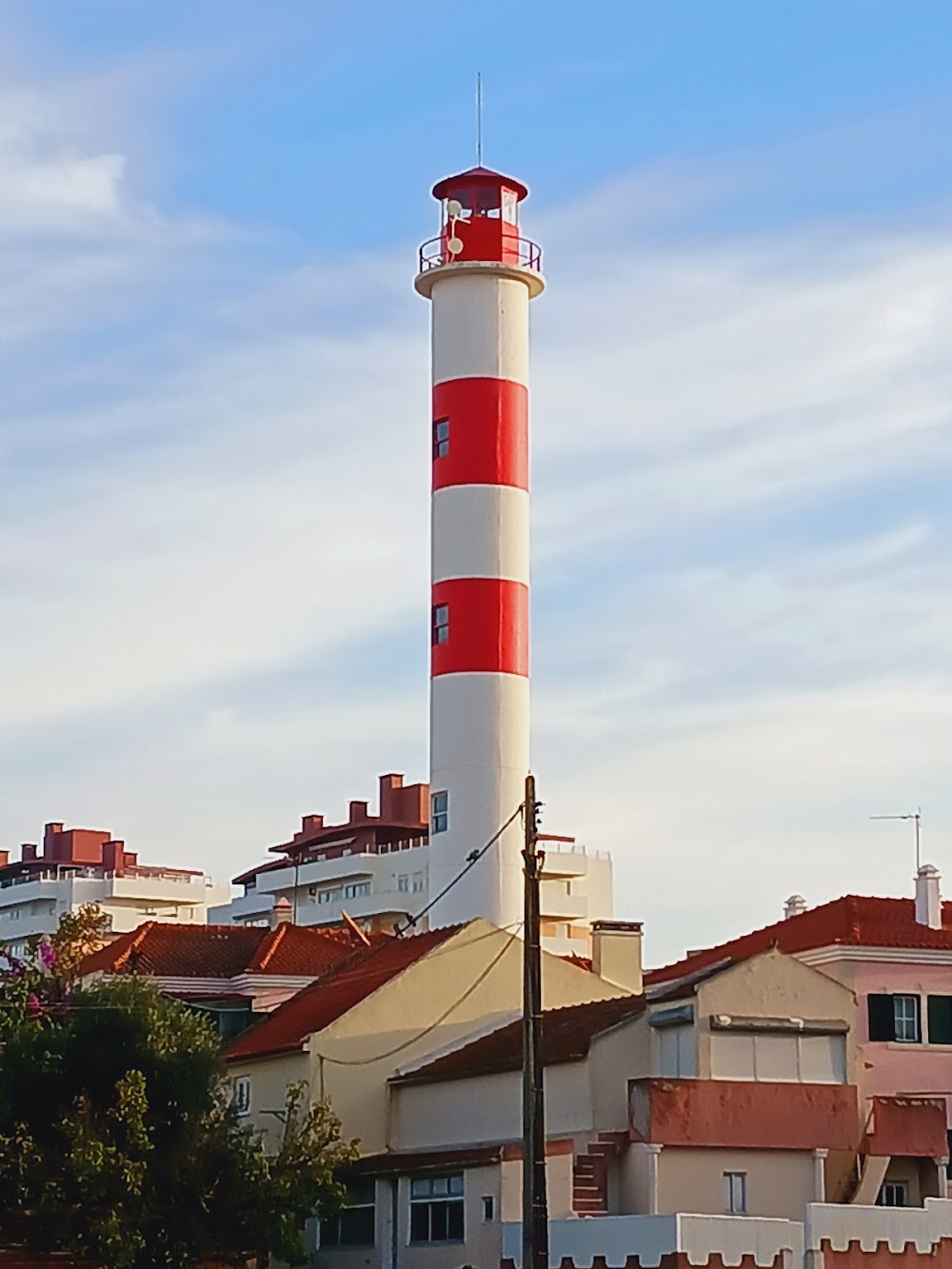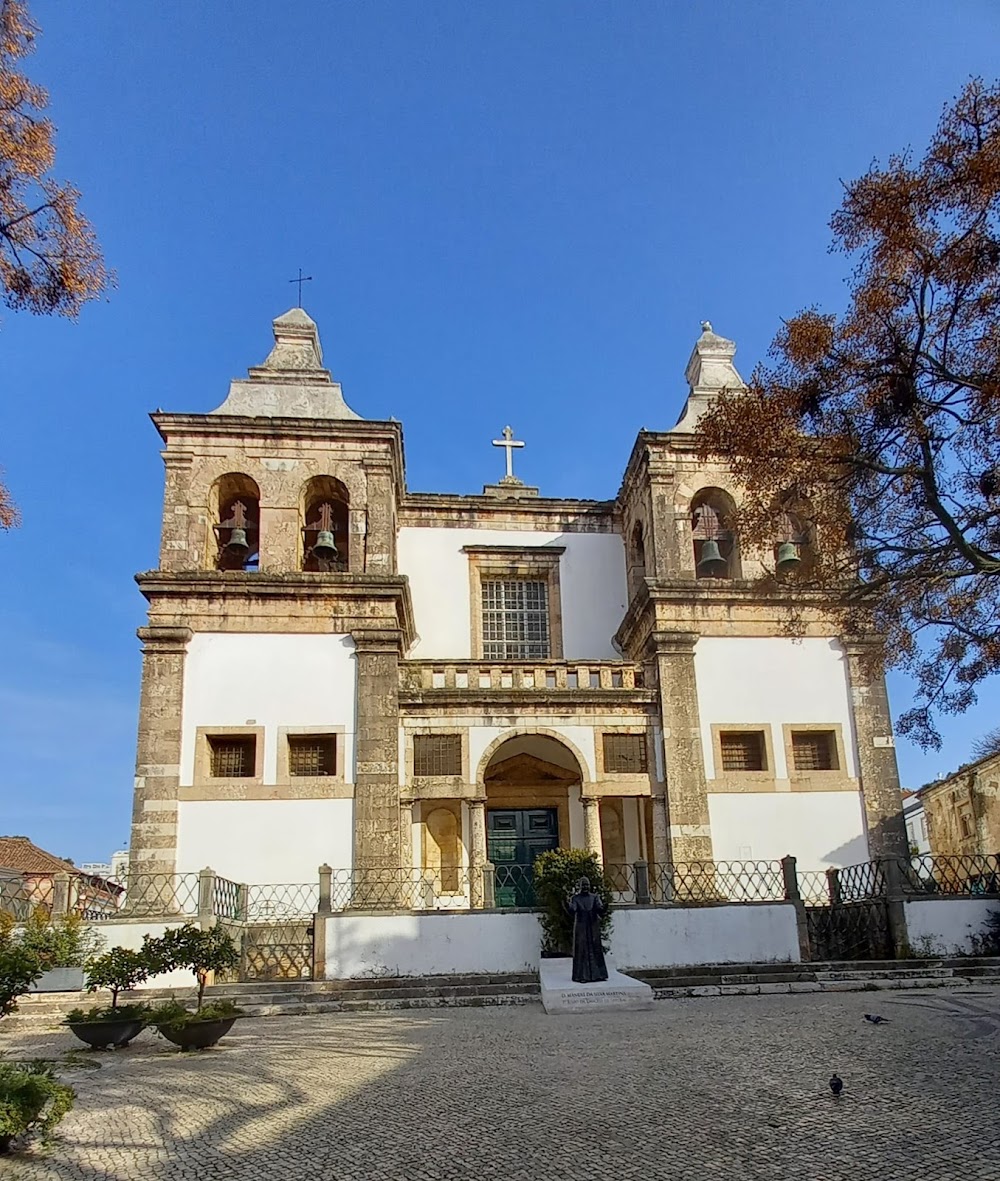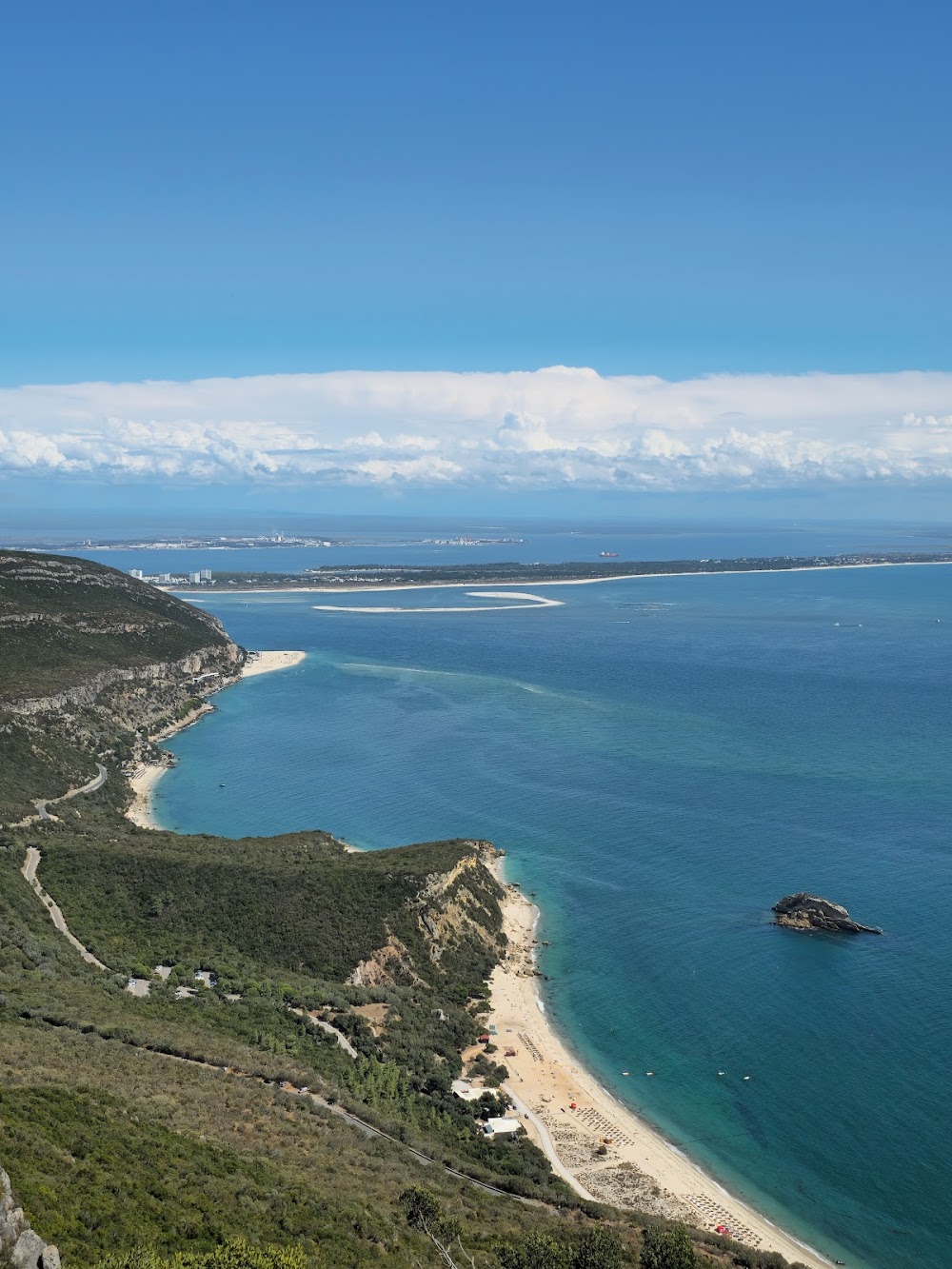Fort of São Filipe (Fortaleza de São Filipe)
Overview
**Forte de São Filipe: A Historical Gem Overlooking Setúbal**
Forte de São Filipe stands majestically above the city of Setúbal, Portugal, safeguarding the entrance to the Sado River. From its vantage point, visitors are treated to breathtaking panoramic views of the Arrábida mountain range and the picturesque Tróia Peninsula. Construction of this impressive fort began in 1582 during the reign of Philip II of Spain, who was also known as Philip I of Portugal during the Iberian Union, a period that lasted from 1580 to 1640 and united Spain and Portugal under a single crown.
The fort's design is credited to the renowned Italian military engineer Filippo Terzi, appointed to modernize Portuguese fortifications. Terzi's innovative approach incorporated the latest advancements in Renaissance military architecture, emphasizing star-shaped bastions that could withstand artillery fire while providing effective defensive coverage. The strategic placement of these bastions allowed defenders to target attackers from multiple angles, significantly enhancing the fort's defensive capabilities.
Construction continued until 1600, with a dedicated workforce comprised of Portuguese laborers, soldiers, and engineers committed to realizing Terzi's vision. Using locally sourced limestone and granite, they ensured the fort's structure was both sturdy and resilient. The laborers faced numerous challenges, including difficult terrain and the transport of heavy materials to the site, which is perched atop a hill approximately 200 meters above sea level.
Throughout its storied history, Forte de São Filipe has played a crucial role in defending Setúbal against various threats, including pirates and foreign invaders. During the Portuguese Restoration War (1640-1668), when Portugal fought to reclaim its independence from Spanish rule, the fort proved invaluable as a defensive bastion, helping protect the region from Spanish forces.
The fort's interior features a charming chapel dedicated to São Filipe, adorned with beautiful azulejos—traditional Portuguese tiles that illustrate scenes from the life of Saint Philip as well as the fort's construction. These stunning tiles, added in the 18th century, reflect the artistry and cultural heritage of the Baroque period.
In addition to its military role, the fort occasionally served as a royal residence. King John IV of Portugal visited Forte de São Filipe in 1645, recognizing its strategic importance and the stunning vistas it provided. Over the years, the fort underwent various modifications and repairs to adapt to evolving military needs and advancements in artillery technology.
Forte de São Filipe's significance extends well beyond its military past. In the 20th century, parts of the fort were repurposed for tourism, with restoration efforts ensuring the preservation of its historical and architectural integrity. Today, visitors can wander through the fort's ramparts, bastions, and interior spaces, gaining valuable insights into the rich history of Setúbal and the fortifications that once protected it.
Surrounding the fort lies a lush landscape of Mediterranean vegetation, featuring pine and cork oak trees that enhance its picturesque setting. This combination of natural beauty and historical significance makes Forte de São Filipe a cherished landmark in Setúbal, attracting tourists, history enthusiasts, and locals alike.
As night descends, the fort’s well-preserved structures are beautifully illuminated, casting a serene and timeless glow over the city and coastline below. Forte de São Filipe stands proudly as a testament to Portugal's architectural ingenuity and enduring resilience, symbolizing the nation's rich heritage and strategic foresight.


